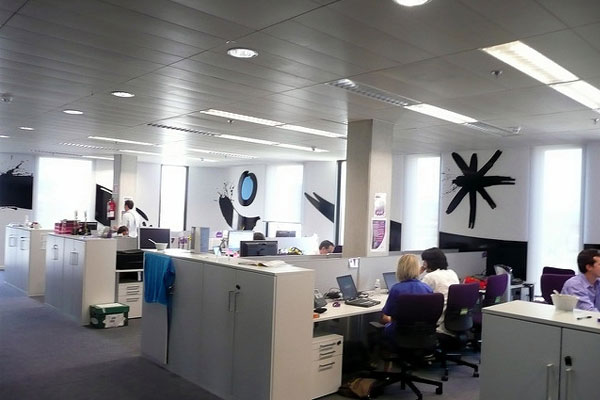Pros and Cons Of An Open-space versus closed-space offices

Pros and Cons Of An Open-space versus closed-space offices Open-plan offices have firmly established themselves as an enduring design and layout, but many businesses are converting to closed-space offices or combining the best of both worlds. Each particular layout has its own benefits and drawbacks, and some layouts and combinations work better for certain businesses than others. Creative spaces When you think of open-plan offices, you might think of rows of desks, with people sat facing the same way or facing each other, separated by a computer monitor, as seen in the classrooms of our childhood. This is a suitable design scheme for some offices, such as when staff typically need to work by themselves but may need to discuss issues with colleagues occasionally, but in more creative industries, this layout can be limiting. If you want to promote discussion with staff in your office, then why not consider creating specialized spaces for each working-group, with des...



